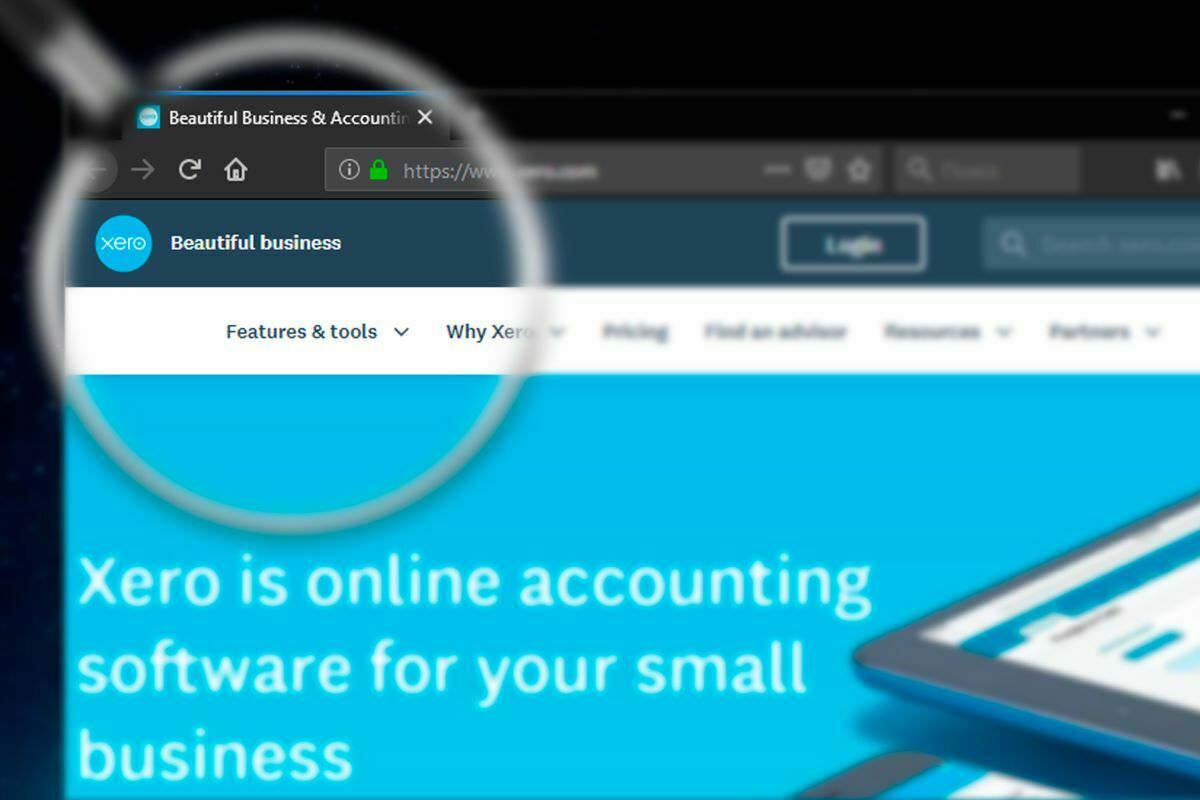
The Fundamentals of a Business Budget
The Fundamentals of a Business Budget
A business budget is one of the essential tools in managing your business finances and actively building your business.
A budget shows what you plan to do with your cash over the next year.
For a complete picture of your business health, you need to review the profit and loss statement, the balance sheet, the cash flow forecast and the budget. Taken together, these reports allow you to make informed business decisions and monitor performance.
Why have a budget?
- Forecast sales and expenses according to monthly or quarterly variations.
- Evaluate performance over time, including changes or patterns.
- Get really familiar with where your money goes and where it comes from.
- Clarify targets and goals and use the budget to help you focus and achieve those goals.
- Comparing actual figures to budgeted figures allows you to see potential problems early and plan for unexpected costs.
- A budget will help you to see the big picture and stay motivated over the long term.
Where to start
A basic budget takes known income and expenses, then makes certain assumptions about the timing of income and planned expenditure. The basic budget is based on cash in and out of the business.
Over time, as you start to see the benefits of using a budget, your budget should evolve into a more sophisticated version that includes non-cash elements such as provisions and depreciation.
Most businesses will start with one budget but soon move to having three budgets.
- Business as usual - the next year’s budget is based on current year income and expenses, with perhaps a small adjustment for consumer price index increases.
- Worst case - budget is based on a pessimistic view of next year’s performance.
- Best case - budget is based on an optimistic view of performance over the next year.
A budget is usually for a financial year, but you can also set up budgets for two to five years.
Once you have one budget (or more) set up, you can then run your current financial reports against the budget to see how you are tracking. This allows you to make rational business decisions in real time to adjust accordingly.
Your can run your financial reports monthly and adjust your budget as needed.
Whats next?
It's never too late to to put a budget into place. Book a time with us to help you create a meaningful budget in your accounting software so that you can use it as a proactive part of your business management, strategy and your success.








